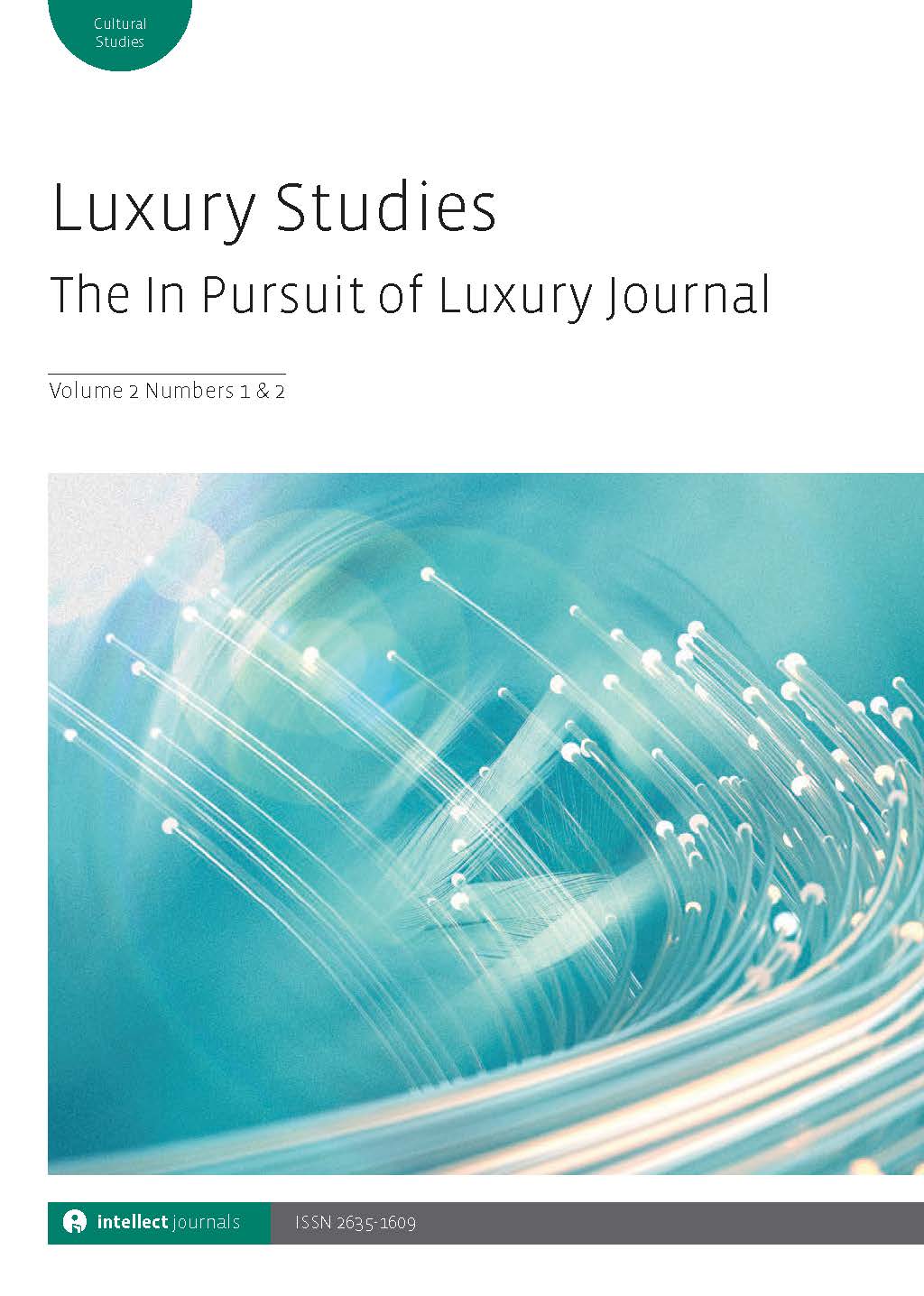
Full text loading...

In Canada we struggle to recognize homegrown fashion talent, and our benchmarks for identifying quality work are based on imported luxury brands. Paradoxically, however, where we are most successful is when we are at our most Canadian. The Arc’teryx label, for example. This brand that grew from a passion for rock climbing, and whose gear subsequently expanded into luxury athleisure, has a uniquely Canadian DNA, one that actively engages with the natural world, the elements, and whose design and manufacturing directives are guided by a deep respect for sustainable principles. The goal of this research is to examine Arc’teryx to see how a successful fashion label has chosen to incorporate sustainable principles into their daily operations. The methodology for this article draws upon interviews with a key company employee, and it also examines the manufacturing model employed by Arc’teryx and how the fundamental corporate ethos drives decision-making. Theory for this article is adapted from technology and social critic Ursula Franklin’s prescient 1989 Massey College (University of Toronto) lecture series (‘The Real World of Technology’) wherein she examined the social shifts that were being catalysed by ascendant technology. Historically, Canada has been a locus of colonial imports and of raw resource export; perhaps now, the cultural values of Canada can constitute another valuable export commodity. One that is sorely needed as the fashion industry as a whole – in its current structure and practices – is massively destructive to the environment and the workers who manufacture our fashionable luxuries. For Arc’teryx, there may not be the same cachet of status-based cosseted luxury or aspirational identification with a rarefied clientele that a European haute-couture fashionable item carries. Conversely, this brand may illustrate that there is more to the ontology of luxury than just the narrow parameters of the Faubourg Saint Honoré or 5th Avenue. For Arc’teryx it is more about an athletic, holistic aesthetic, one that espouses the ‘luxury’ of a strong, healthy body that actively engages with a pristine, natural environment. Worthwhile aspirations that can have much wider implications when applied to a business model.

Article metrics loading...

Full text loading...
References


Data & Media loading...

Publication Date:
https://doi.org/10.1386/ipol_00012_1 Published content will be available immediately after check-out or when it is released in case of a pre-order. Please make sure to be logged in to see all available purchase options.